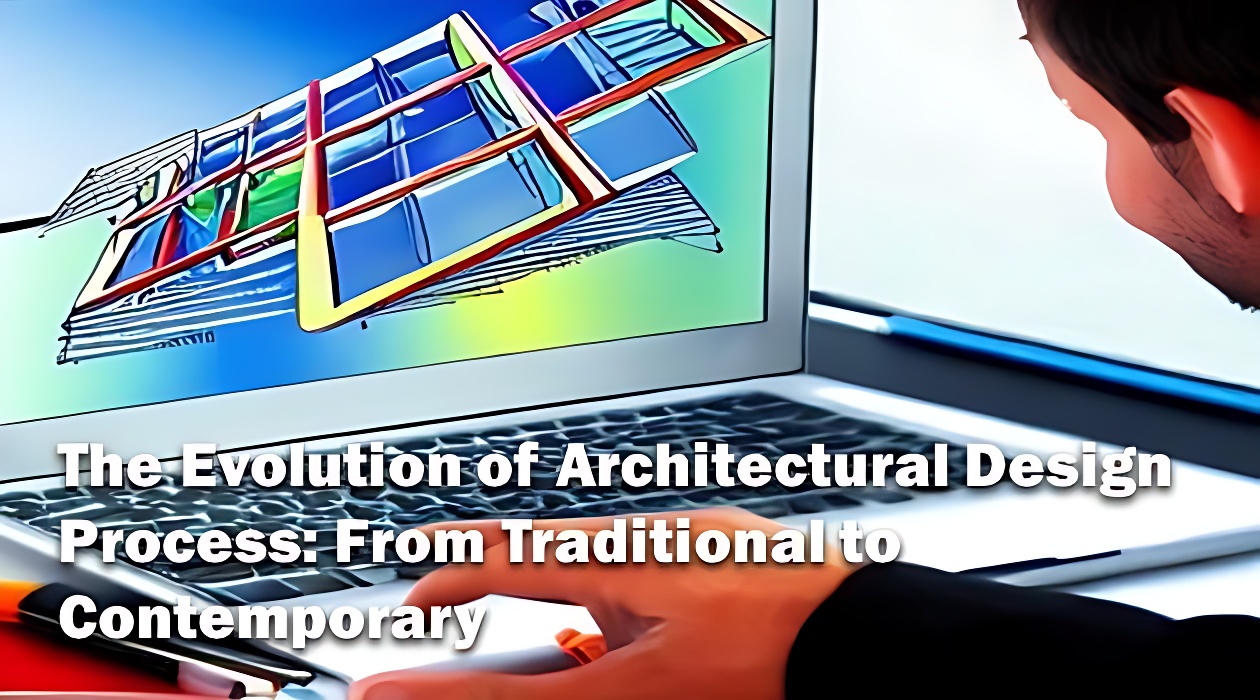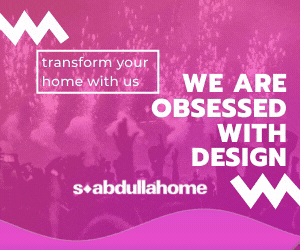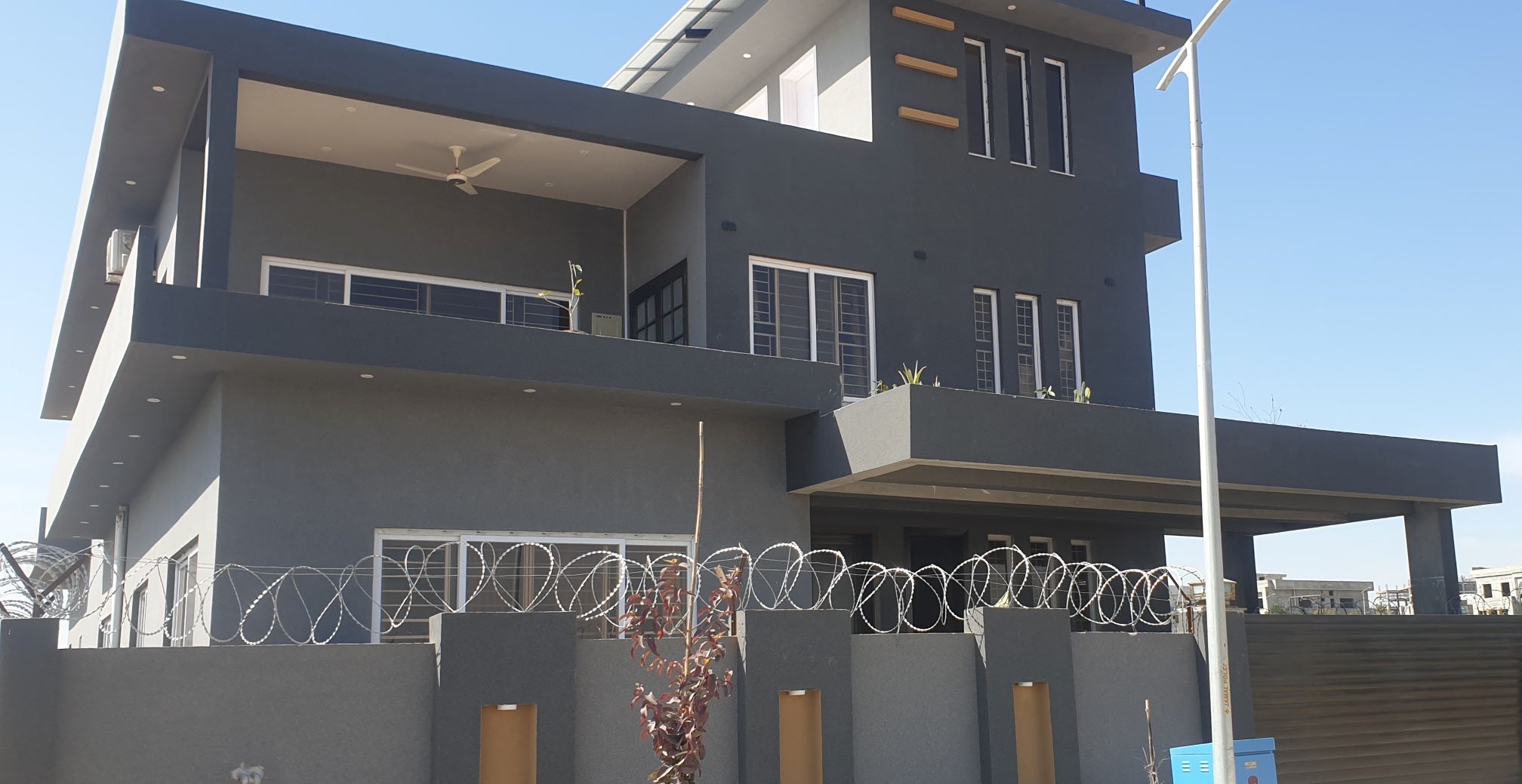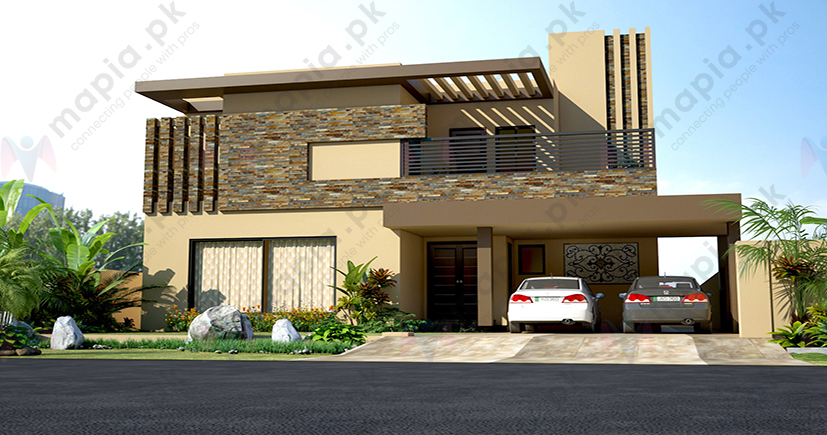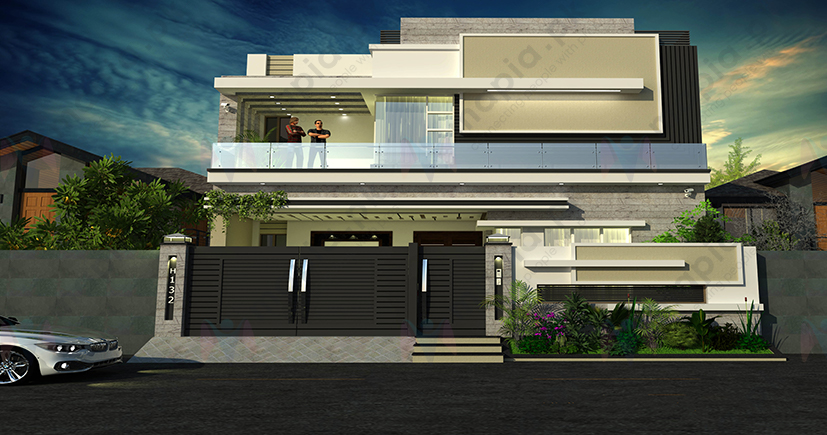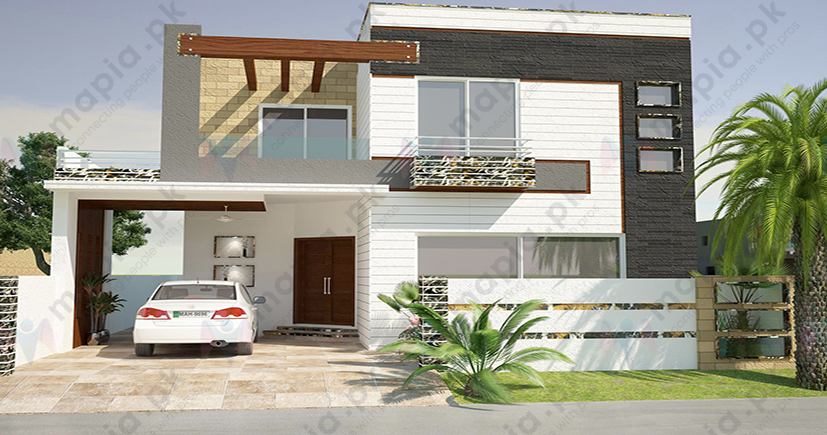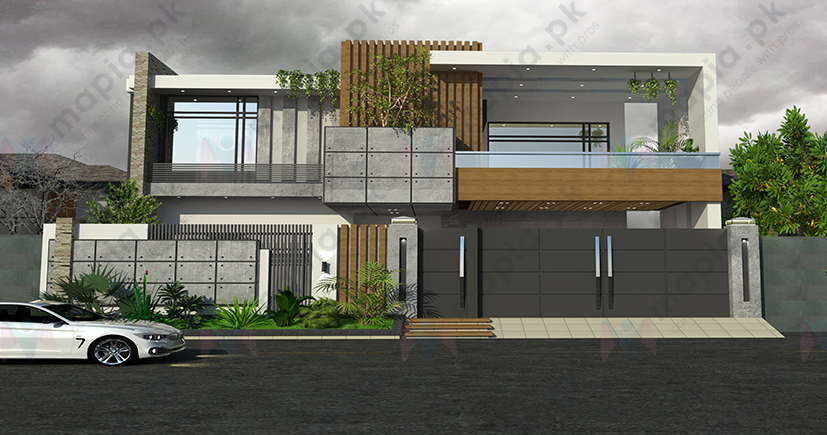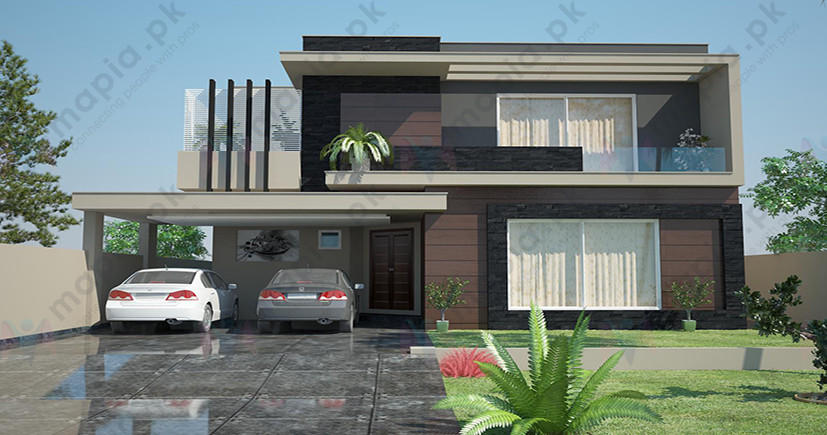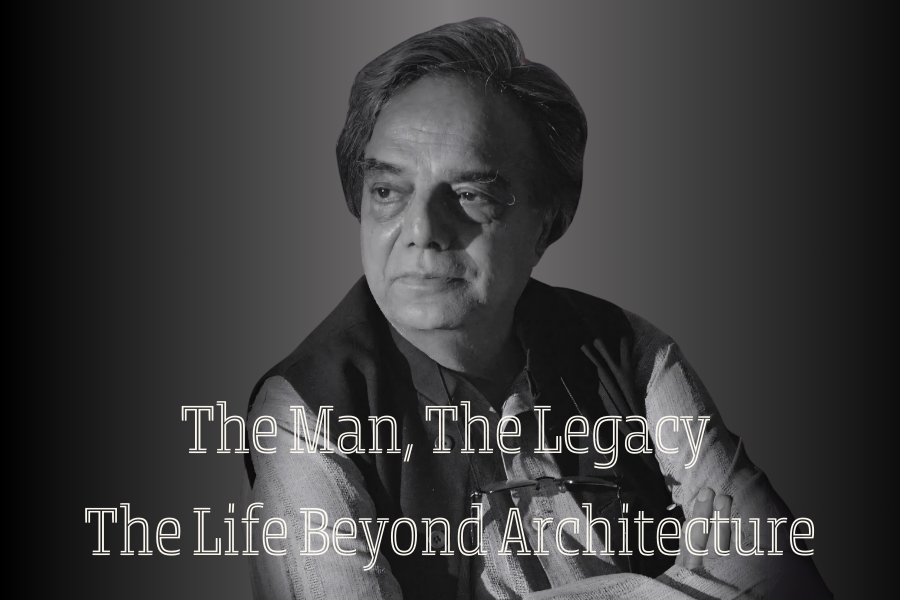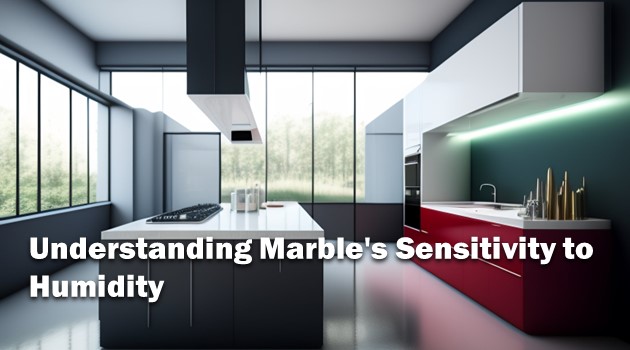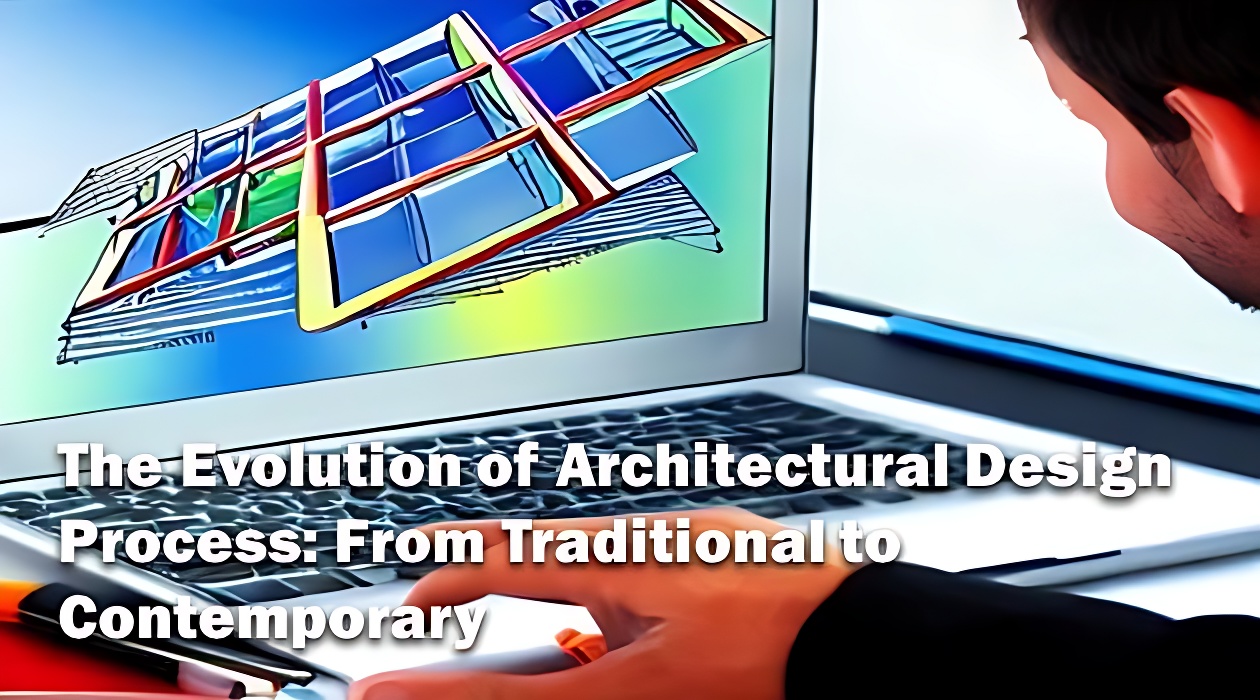
The Evolution of Architectural Design Process, From Traditional to Contemporary
Architecture is a constantly evolving field, with new ideas and technologies shaping the way we design and build structures. One of the most significant changes in architectural design over the past century has been the shift from traditional to contemporary styles.
Traditional architecture is characterized by its use of historical references and ornamentation, while contemporary architecture is defined by its minimalism and focus on functionality. This transition has been driven by a number of factors, including advancements in building technology, changes in societal values, and shifts in aesthetic preferences. In this article, we will explore the evolution of architectural design from traditional to contemporary.
First of all, let’s see what exactly is Architectural Design
What is Architectural Design?
Architectural design refers to the process of creating plans and specifications for the design and construction of buildings and other structures.
This process typically involves conceptualizing the design, creating drawings and models, and specifying the materials and systems to be used in the construction. The goal of architectural design is to create functional, safe, and aesthetically pleasing structures that meet the needs of the users and the surrounding community.
The Evolution of an Architect's Design Process
The architectural design process has evolved greatly over the years, as advances in technology and changes in societal needs have led to new ways of thinking about the built environment. Understanding the evolution of this process can provide insight into the current state of the profession and where it may be headed in the future.
What Has Been the Traditional Practice?
In the past, the design process was largely based on traditional hand drawing methods such as sketching and drafting. These techniques were time-consuming and required a high level of skill and precision. This method is still taught and used in some architecture schools and firms, but now it's mainly considered as one of many tools for representation.
With the advent of computer-aided design (CAD) software in the 1980s, architects were able to create more accurate and detailed drawings in less time. This allowed for more exploration of different design options and made it easier to make changes to the plans as needed. However, many architects still preferred to use hand-drawn sketches as a way to explore different design possibilities, even if they ultimately relied on computer software to create the final drawings.
The Design Process in Current Era
In recent years, there has been a shift towards more collaborative and interactive design processes. Building Information Modeling (BIM) software allows architects to create virtual models of the building that can be used by all stakeholders, such as contractors, engineers, and clients, to better visualize and understand the project. This improves the overall collaboration process and reduces errors and misunderstandings. Additionally, advancements in Virtual and Augmented Reality technology have also allowed architects to immerse clients in their designs and gain a better understanding of their needs.
Need of the Times
Sustainability has become an increasingly important consideration in the design process as well. Architects now consider factors such as energy efficiency, water conservation, and use of renewable materials when developing their designs. They may also use software tools such as environmental analysis tools to evaluate the environmental impact of different design options, such as solar exposure, wind patterns and shading.
In addition to the technical advances, architects also now tend to approach design with a more holistic mindset. They take into account not only the functional and aesthetic aspects of the building, but also its social and cultural context, as well as its impact on the environment. They also tend to involve other stakeholders in the design process, such as local communities and other experts, to create spaces that are tailored to the specific needs and preferences of their users.
Hire Best Architects for your construction project in Pakistan. Click to create Project Inquiry.
In summary, the architectural design process has evolved greatly over the years, becoming more efficient, collaborative and sustainable. With new technologies and an increasing focus on the social and environmental impact of buildings, architects are able to create more functional and sustainable spaces that better meet the needs of their users. As the design process continues to evolve, it is expected to be more responsive to the needs of the society and the environment.
The Benefits of Using CAD and BIM Soft Wares in Design Process
Computer-Aided Design (CAD) software and Building Information Modeling (BIM) software have brought many benefits to the architectural design process. Some of the key benefits include:
Increased Efficiency:
CAD and BIM software allow architects to create more accurate and detailed drawings in less time. This means that architects can spend more time exploring different design options and refining the final design.
Improved Collaboration:
BIM software allows for the creation of virtual models of the building that can be used by all stakeholders, such as contractors, engineers, and clients. This improves the overall collaboration process, as everyone is working from the same model, reducing errors and misunderstandings.
Increased Accuracy:
CAD and BIM software allow architects to create highly accurate drawings, which means that fewer errors are made during the construction process. This can save time and money on rework and corrections.
Better visualization:
BIM software allows architects to create 3D models of their designs which can be viewed from different angles, this allows architects, clients, and stakeholders to better visualize the building, providing a better understanding of the space and reducing chances of errors.
Improved Sustainability:
Architects can use BIM software to evaluate the environmental impact of different design options, such as solar exposure, wind patterns, and shading. This allows architects to create more sustainable buildings that have a lower impact on the environment.
Cost Savings:
By using BIM software, architects can avoid costly errors that may occur due to misunderstandings, incomplete information or lack of accurate visualization of the project. The software can also help with estimating the cost of the construction, as well as scheduling and resource management which can save money in the long run.
Better facility management:
BIM software provides an intelligent 3D model of the building that can be used not only during the design and construction process but also throughout the building's lifecycle. This allows building managers to easily track and manage different building components, which makes the maintenance and operation more efficient.
Data-rich model:
BIM software allows architects to create a model that not only represents the building geometrically but also holds a wealth of information and data that can be used in different stages of the building's life cycle, this data can be used by different stakeholders, from engineers to building managers and even the building's occupants.
In Summary:
CAD and BIM software bring many benefits to the architectural design process, from improved collaboration and visualization to increased efficiency, accuracy, and sustainability. By embracing these tools, architects can design better buildings that meet the needs of their users and the environment, as well as save money and time on the construction process and building's lifecycle.


